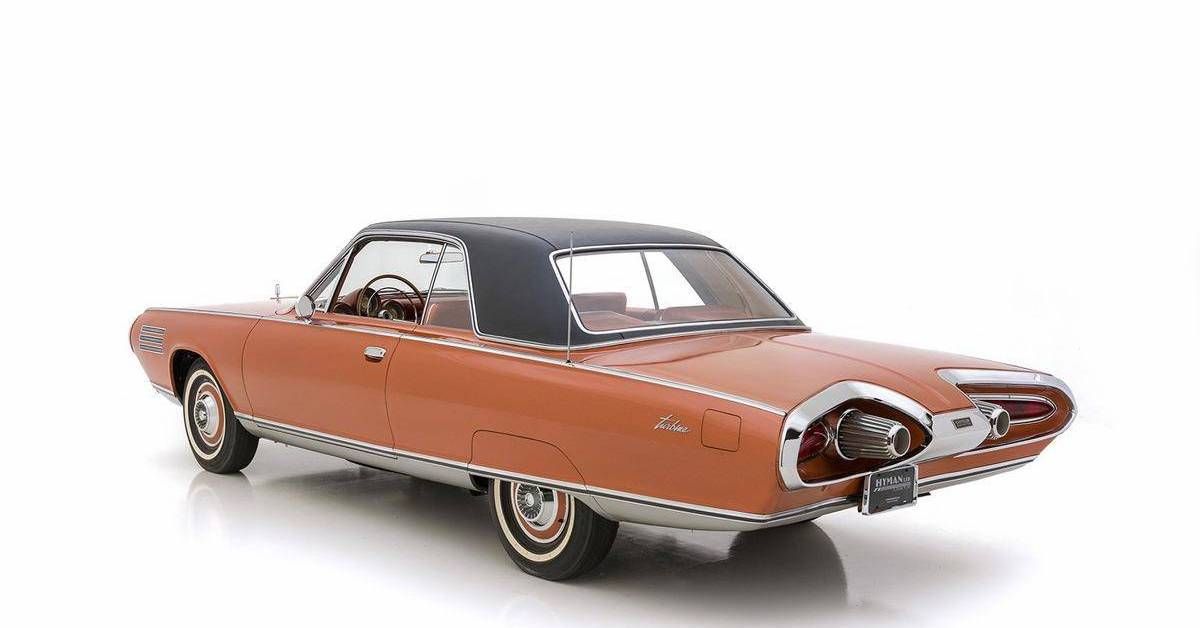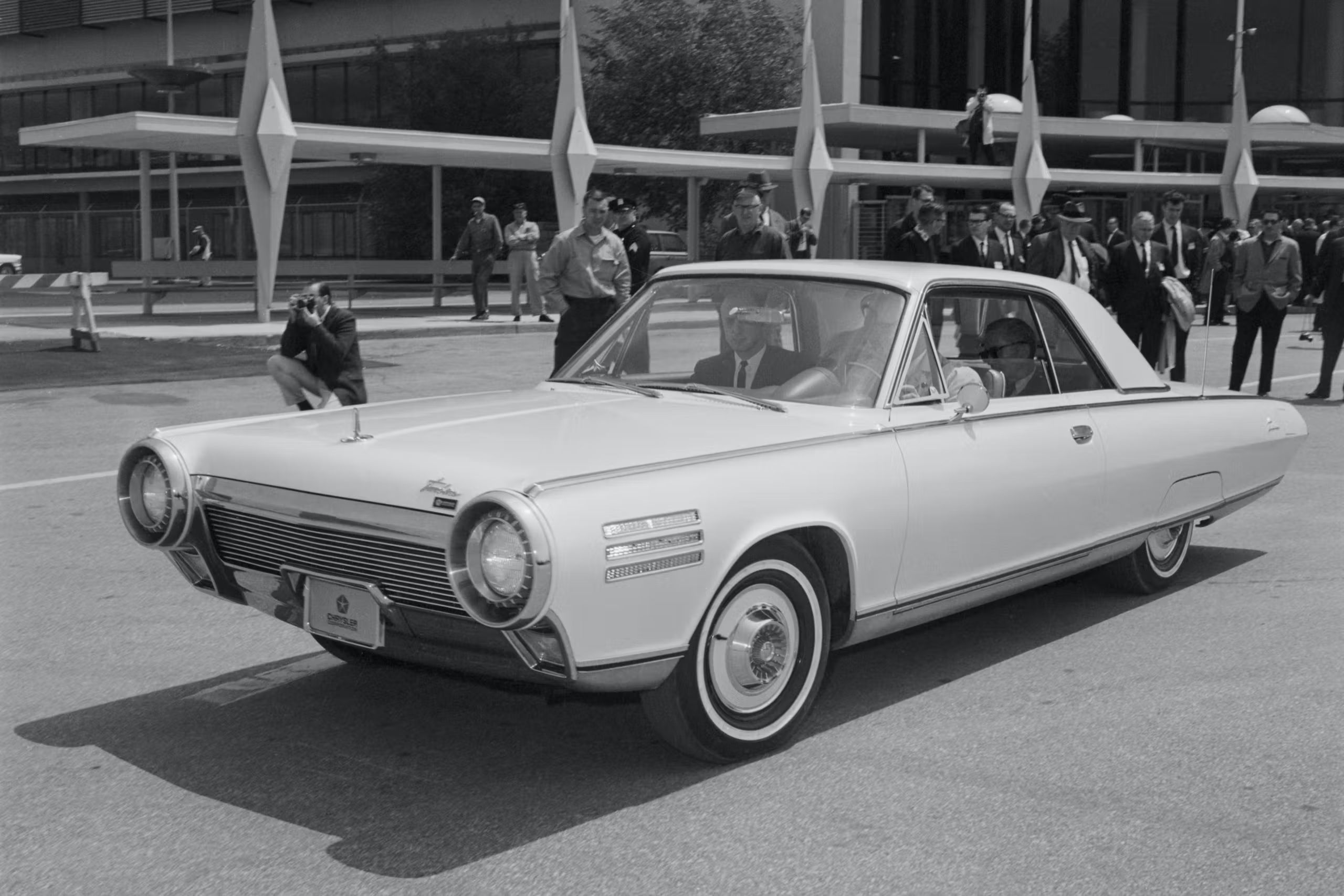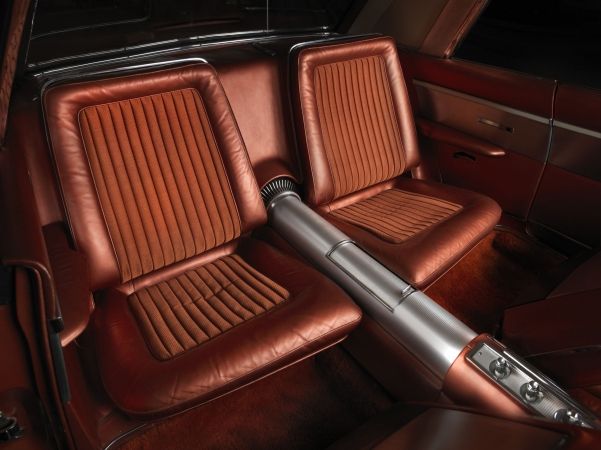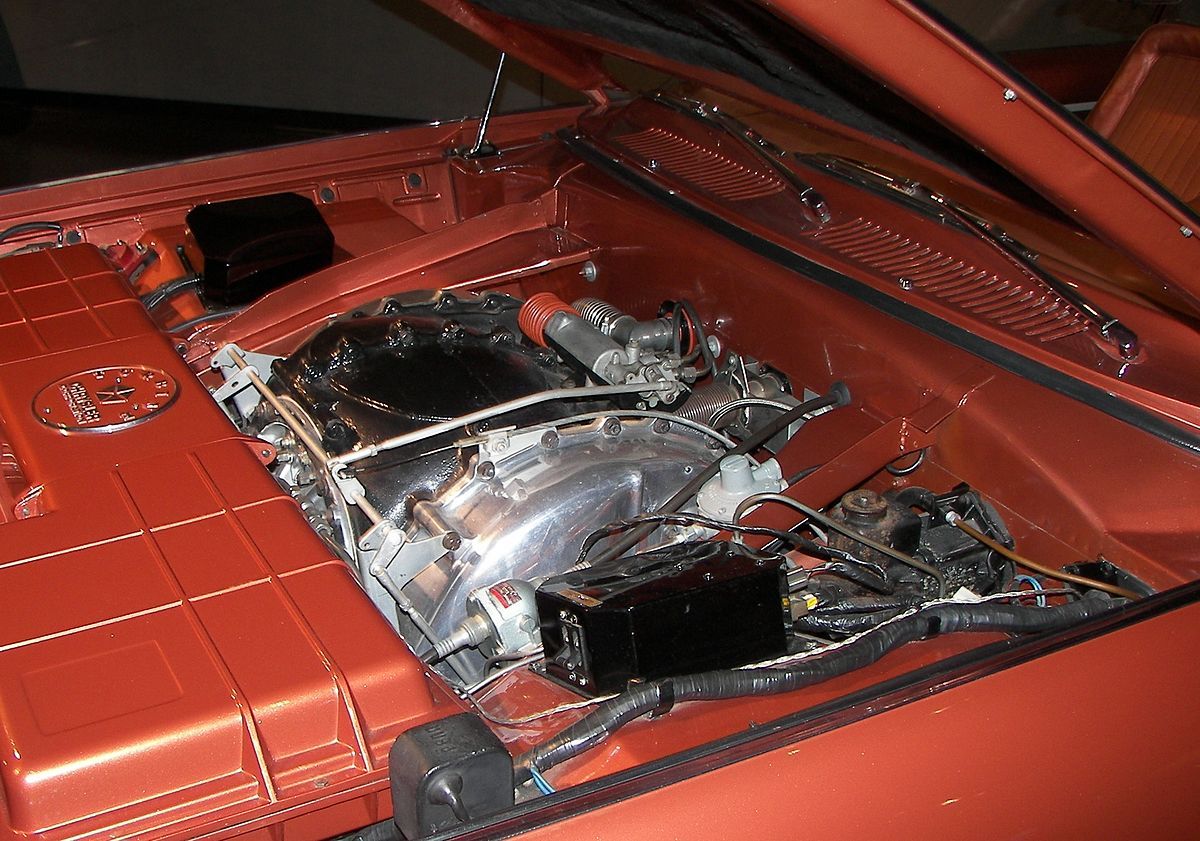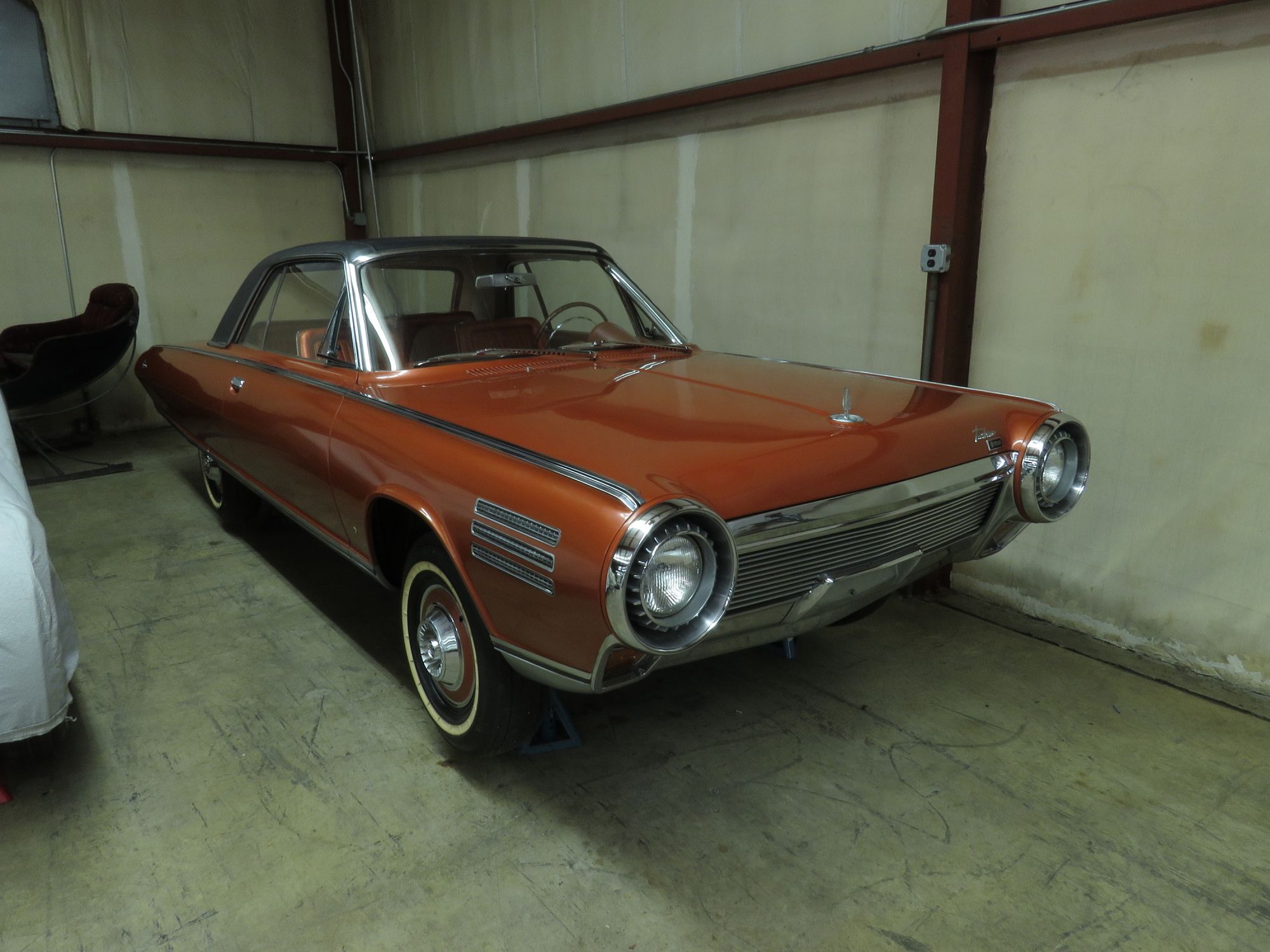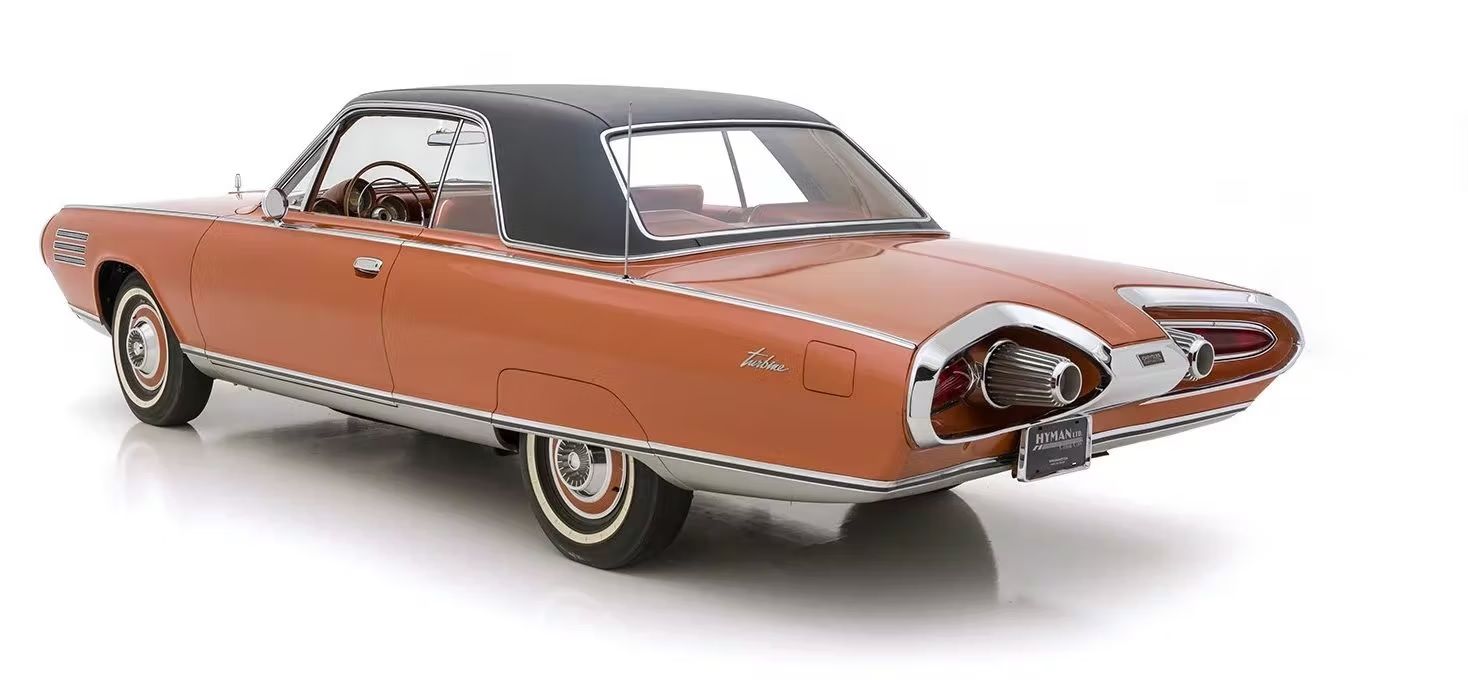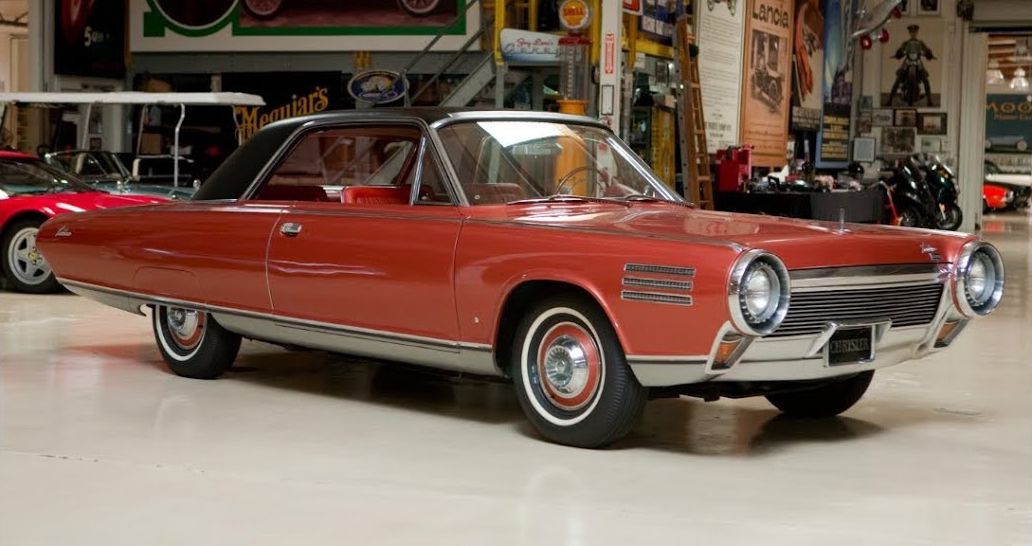The Chrysler Turbine is one of those classic cars that left an important mark in the automotive world. While most of this current generation hasn’t heard of it, many folks remember the Chrysler Turbine Car as one of the brand’s most innovative vehicles. Developed in 1963, the Chrysler Turbine car was a limited-edition speedster that was powered by a turbine engine.
But, what happened to the Chrysler Turbine Car? How did the Turbine Car, a vehicle that was set to revolutionize the automobile segment, suddenly disappear from American roads?
In this post, we’ll dive into the history of the Chrysler Turbine Car, its impact on the industry, and the circumstances that pushed it to its depressing ending.
The Chrysler Turbine Cars Had An Outstanding Jet-Inspired Design And Features
The Chrysler Turbine Car was designed by Elwood Engel. This is the same man responsible for the amazing design of the 1961 Lincoln Continental. The Turbine was actually one of the cars produced under the ‘Chrysler Turbine Engine Program’ – a broad development program that aimed at producing several turbine concept cars, spanning from the 1950s through the 1960s.
Inspired by jets, the vehicle featured an all-new design and was only available as a two-door, four-seat hardtop. The exterior and interior had a special color shade called Turbine Bronze. While the Chrysler Turbine car wasn’t the brand’s first turbine-powered vehicle, it had a lot of potential for success.
The Chrysler Turbine Cars Had A Good Reception
These cars were so unique that Chrysler had only produced 55 of them. Only five of these were prototypes, but the 50 limited-edition vehicles were created for public user programs. The brand distributed these to 203 households across the country in a two-year period, between 1962 and 1963, after receiving more than 30,000 orders.
Perhaps one of the things that made the Chrysler Turbine car special was that, unlike other project cars that never left the factory, the turbine car was one of the cars that folks had the chance to own and drive – even if it was only for a short time. Each family was tasked with driving the car for three months before Chrysler took it back and gave it to another family.
It's Fitted With A Jet Engine With Decent Power Output
Under the hood of the Chrysler turbine car was a fourth-generation Chrysler turbine. Its output stood at 130 horsepower and 425 lb-ft of twist. Like a jet, the main element of the turbine engine was a wheel ringed with blades. Once the fuel or air went through the blades, the wheel would rotate. This motion produced energy, which was then relayed to the rear wheels via a three-speed TorqueFlite transmission.
The fuel economy of the turbine vehicle was rated at 14.5 MPG in the city and 18.5 MPG on the highway, which wasn’t quite impressive.
The Chrysler Turbine Cars: Pros And Cons
One main advantage of the turbine engine was that, compared to more conventional piston engines, they were easier to maintain since they had fewer moving parts – about 20 percent less compared to a conventional engine.
The greatest challenge of the turbine engine was the sluggish throttle response. The turbine car had a noticable delay after first pressing the accelerator before it would take off. Due to the design, achieving full power meant that the turbines needed to spin to over 40,000 RPM. It was also very noisy, and its fuel consumption was high as stated earlier.
And then came the emission issues. While the exhaust didn’t produce undesirable gasses like carbon dioxide, unburned carbon, or raw hydrocarbons, it produced nitrogen oxides - a component listed as a critical pollutant. This hindered the cars’ ultimate production.
Chrysler also considered other turbine-specific aspects of performance. The fuel-guzzling powertrain never used gas, as that left unwanted deposits on the turbine blades. Instead, the engine ran on kerosene or diesel, both of which were highly priced.
Also, providing maintenance and support infrastructure for turbine-powered vehicles would have been extremely difficult, and was going to cost significantly more. It’s also rumored that import tariffs on Ghia bodies were high. Price is another factor that would’ve hindered its success at a high scale. While the car was never seen in a showroom, its cost was estimated at around $16,000. To put that into perspective, the 1963 Chevrolet Corvette Sting Ray, one of the greatest sports cars of the 1960s, had a base price of $4,037.
So, What Eventually Happened To The Chrysler Turbine Cars?
In 1964, the brand decided to call it quits. Of the 55 total units produced, Chrysler burned and crushed about 46 of them to avoid further import taxes and liabilities.
The rest were kept at the Ford Museum, the Walter P. Chrysler Museum, and the Smithsonian Institute, to name a few. Some private collectors own one of Chrysler's surviving turbine cars, including of course Jay Leno.
To celebrate the 50th anniversary of the first turbine-powered vehicle, Chrysler unveiled a special Chrysler 300 turbine model at the 2013 North American International Auto Show in Detroit. The styling of the Chrysler 300 Turbine paid tribute to its predecessor, particularly the distinctive round headlights and signature body color.

